Adaptive features of terrestrial animals information
Home » Trending » Adaptive features of terrestrial animals informationYour Adaptive features of terrestrial animals images are available in this site. Adaptive features of terrestrial animals are a topic that is being searched for and liked by netizens now. You can Download the Adaptive features of terrestrial animals files here. Download all free photos.
If you’re looking for adaptive features of terrestrial animals images information linked to the adaptive features of terrestrial animals keyword, you have visit the right blog. Our site frequently gives you suggestions for refferencing the maximum quality video and picture content, please kindly surf and locate more informative video articles and images that fit your interests.
Adaptive Features Of Terrestrial Animals. Add to my workbooks (0) download file pdf. Plant adaptations to life on land include the development of many structures — a water. Animals living in the desert have thick skin which protects them from the sun. Accordingly, they show different adaptive features.
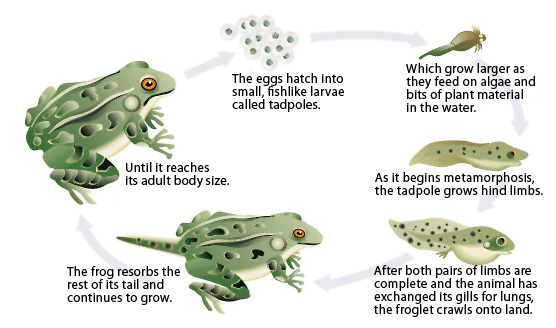 Amphibians Facts, Characteristics, Anatomy and Pictures From animalspot.net
Amphibians Facts, Characteristics, Anatomy and Pictures From animalspot.net
Animals that live on land either on the surface of the ground or in burrows below the surface of the ground are known as terrestrial animals. The habitat on land is called a terrestrial habitat, whereas, the habitat in water is called an aquatic habitat. Entering upon the terrestrial scene, the reptiles had little competition from other animals. So, most of them have lungs. What are the adaptation of terrestrial animals? An adaptation is a characteristic of a living thing that helps it survive in its environment.
Besides these important factors such as light, temperature and water, other chemical and nutritional factors also play great role in adaptations.
List some features of terrestrial animals. Most of the vertebrates except fishes and some secondarily aquatic forms are adapted to terrestrial life. External nostrils are absent in cormorants and pelicans. List some features of terrestrial animals. Many animals are able to engage in certain behaviors which have no discernible function and may. An adaptation is a characteristic of a living thing that helps it survive in its environment.
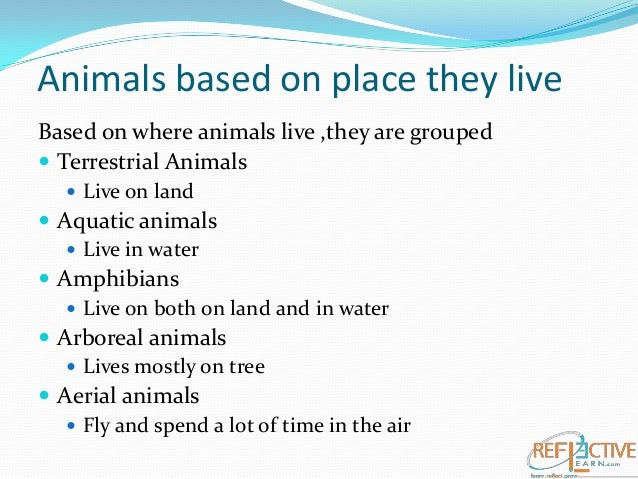 Source: slideshare.net
Source: slideshare.net
Macroscopic plants are available as the major food source for animals. To better understand how adaptation work… Distinct features adopted by tropical animals. Besides these important factors such as light, temperature and water, other chemical and nutritional factors also play great role in adaptations. It has a dense tree population with significantly high precipitation.
 Source: slideshare.net
Source: slideshare.net
Adaptive features of terrestrial plants | publicado el noviembre 28, 2021 |. Snakes , rabbits, mice and foxes live in burrows. Terrestrial animals breathe through skin or nostrils, have differently adapted bodies, and exchange of gases is done from air, whereas, an aquatic breathe through their skin or gills. This is key to the difference between an animal�s adaptation and ability. These impelling factors have caused the adaptive radiations amongst animals.
 Source: slideshare.net
Source: slideshare.net
Besides these important factors such as light, temperature and water, other chemical and nutritional factors also play great role in adaptations. So, most of them have lungs. Their body are situated to live on land. Animals living in the desert have thick skin which protects them from the sun. Adaptive features of terrestrial plants | publicado el noviembre 28, 2021 |.
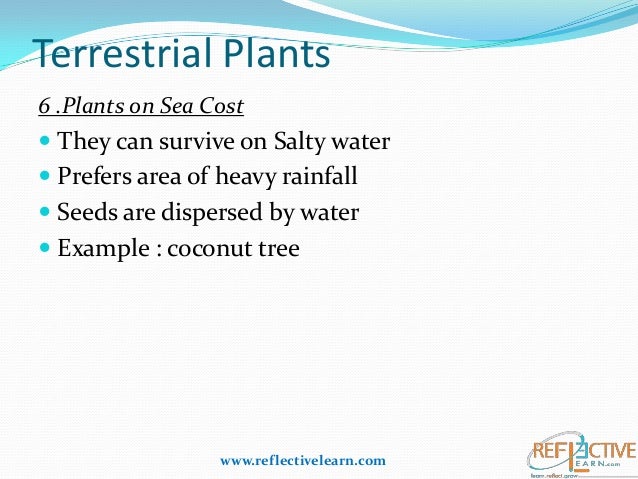 Source: slideshare.net
Source: slideshare.net
Additionally, terrestrial animals generally use different locomotor strategies than aquatic organisms, although there is some overlap. Distinct features adopted by tropical animals. Snakes , rabbits, mice and foxes live in burrows. Adaptation characters of terrestrial animals are as follows: Terrestrial animals have legs which help the to walk on land aquatic animals have streamed shaped body which help them to move in water.
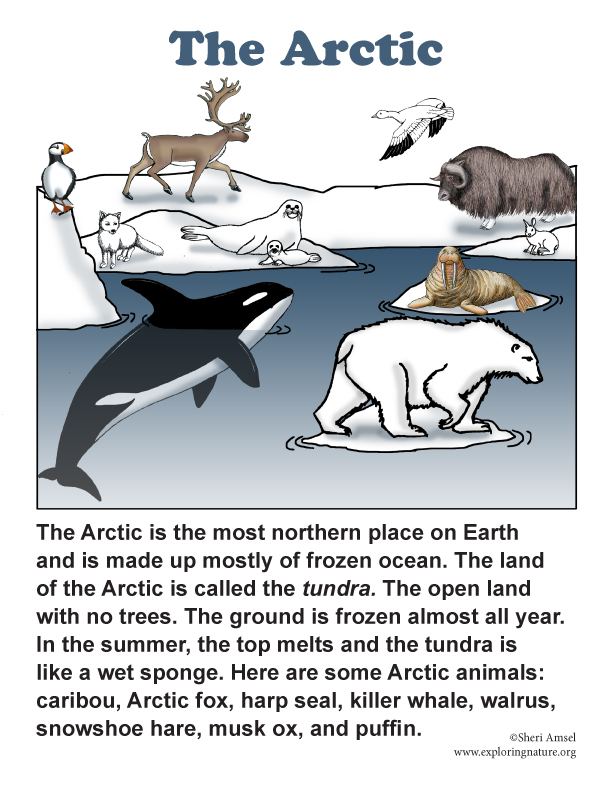 Source: exploringnature.org
Source: exploringnature.org
The adaptation of animals and plants to their environment is a series of varied biological processes with varying purposes, but the general purpose is the continued survival of the species. Special adaptations such as camouflage, migration and hibernation. The adaptation of terrestrial animals and plants are dependent on the type of habitat they live in. Plants have been evolving for at least 450 million years, and based on their major adaptive features, four major plant lineages (taxonomic groups) are currently recognized. An adaptation is a characteristic of a living thing that helps it survive in its environment.
 Source: slideshare.net
Source: slideshare.net
Many animals are adapted to living on the trees. Lions, tigers, horses, dogs and cats are some of the terrestrial animal. Adaptive features of terrestrial plants | publicado el noviembre 28, 2021 |. Terrestrial animals have legs which help the to walk on land aquatic animals have streamed shaped body which help them to move in water. Some adaptation of camel, (ship of the desert), to live in desert are given below.
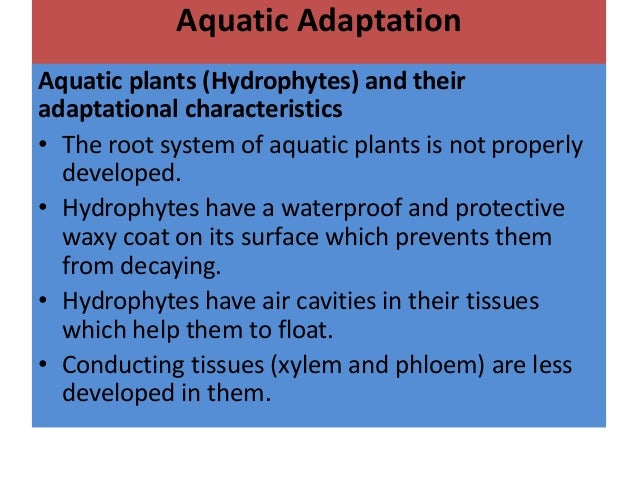 Source: slideshare.net
Source: slideshare.net
Many animals are adapted to living on the trees. The body is streamlined which helps them for swift movement. Another example of adaptation in animals is the monkey. *terrestrial plants typically obtain nutrients such as n and p from soils, and also water from soils. Terrestrial animals breathe through skin or nostrils, have differently adapted bodies, and exchange of gases is done from air, whereas, an aquatic breathe through their skin or gills.
 Source: animalspot.net
Source: animalspot.net
The evolution of roots for uptake from soils and a vascular system for distribution through the plant body was a major adaptation enabling large terrestrial plants. This is key to the difference between an animal�s adaptation and ability. However, habitat features vary across tropical deciduous forests, temperate. Plants have been evolving for at least 450 million years, and based on their major adaptive features, four major plant lineages (taxonomic groups) are currently recognized. In whales, a sphincter muscle guards the external nostril.
This site is an open community for users to share their favorite wallpapers on the internet, all images or pictures in this website are for personal wallpaper use only, it is stricly prohibited to use this wallpaper for commercial purposes, if you are the author and find this image is shared without your permission, please kindly raise a DMCA report to Us.
If you find this site value, please support us by sharing this posts to your preference social media accounts like Facebook, Instagram and so on or you can also save this blog page with the title adaptive features of terrestrial animals by using Ctrl + D for devices a laptop with a Windows operating system or Command + D for laptops with an Apple operating system. If you use a smartphone, you can also use the drawer menu of the browser you are using. Whether it’s a Windows, Mac, iOS or Android operating system, you will still be able to bookmark this website.
Category
Related By Category
- 70s robot anime information
- Animated dd maps information
- Animal crossing new leaf mobile information
- Anime body base information
- Animal crossing jacobs ladder flower information
- Anime desserts information
- Animal paca information
- Animal crossing secrets information
- American animals review information
- Animal kingdom lodge rooms for 5 information